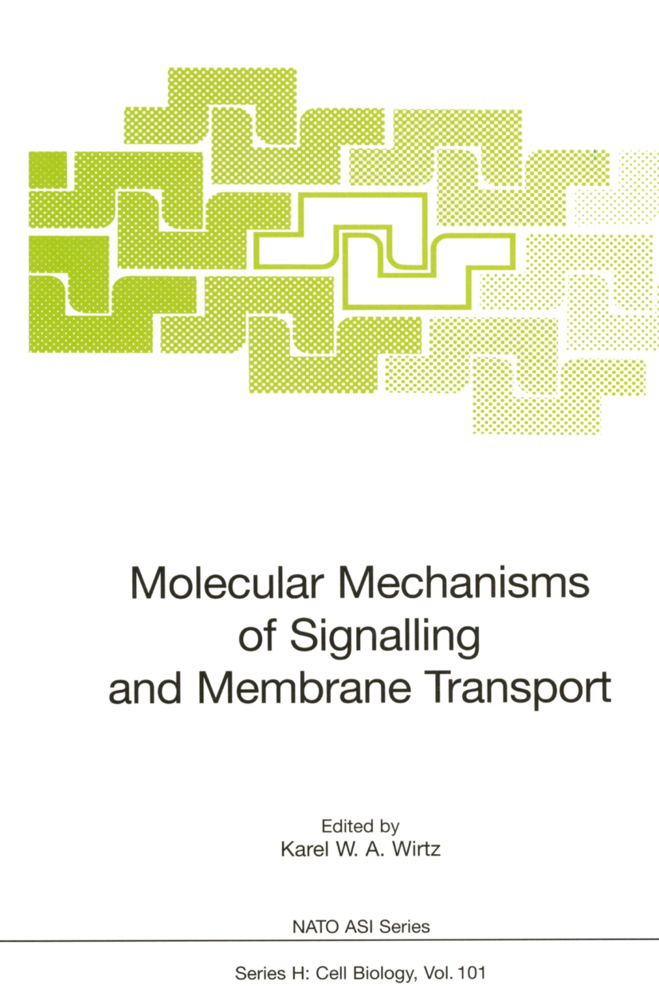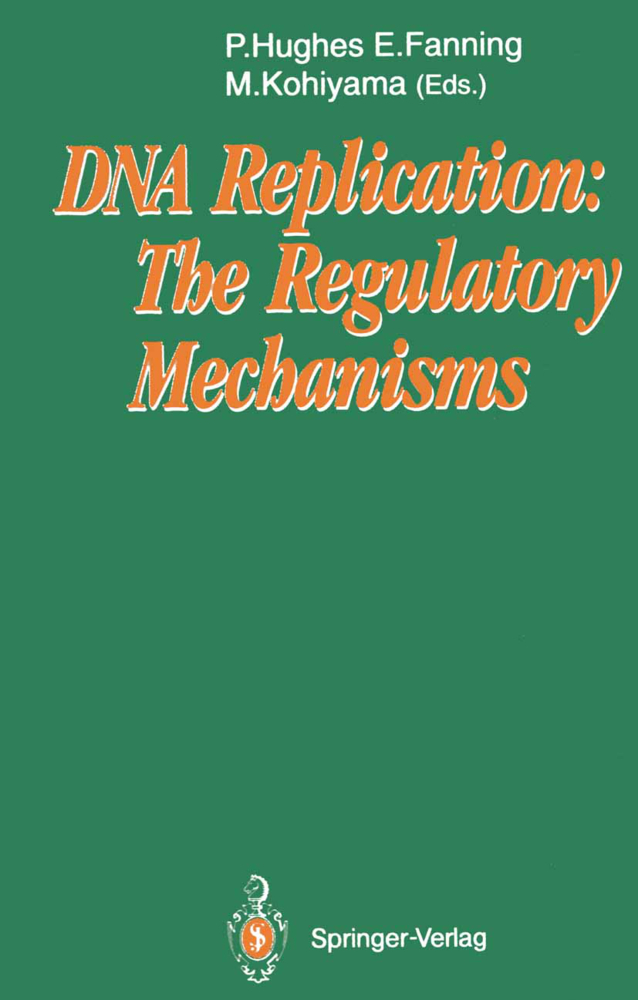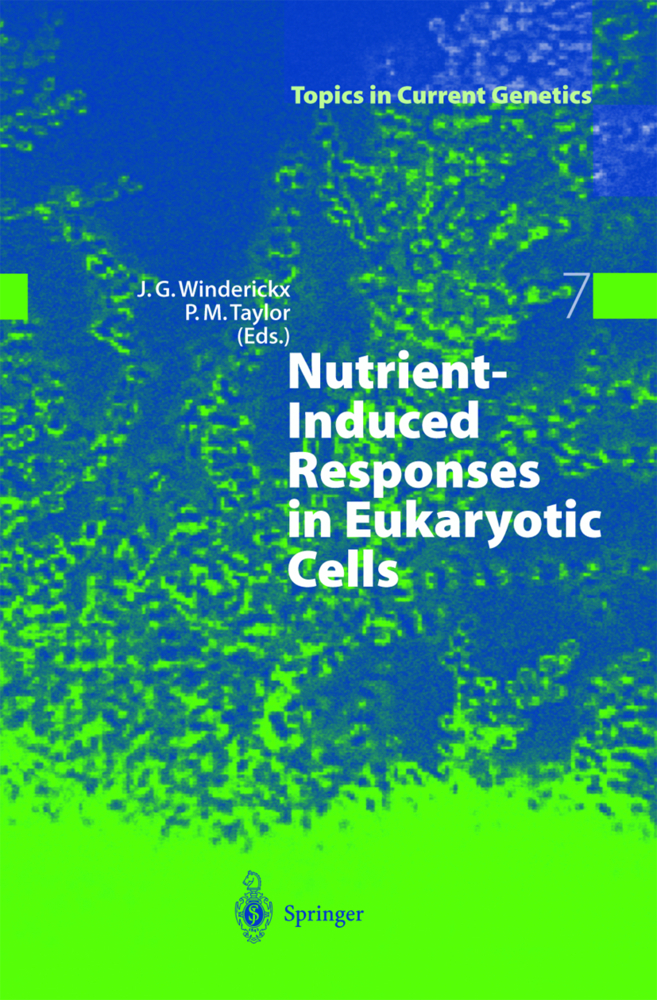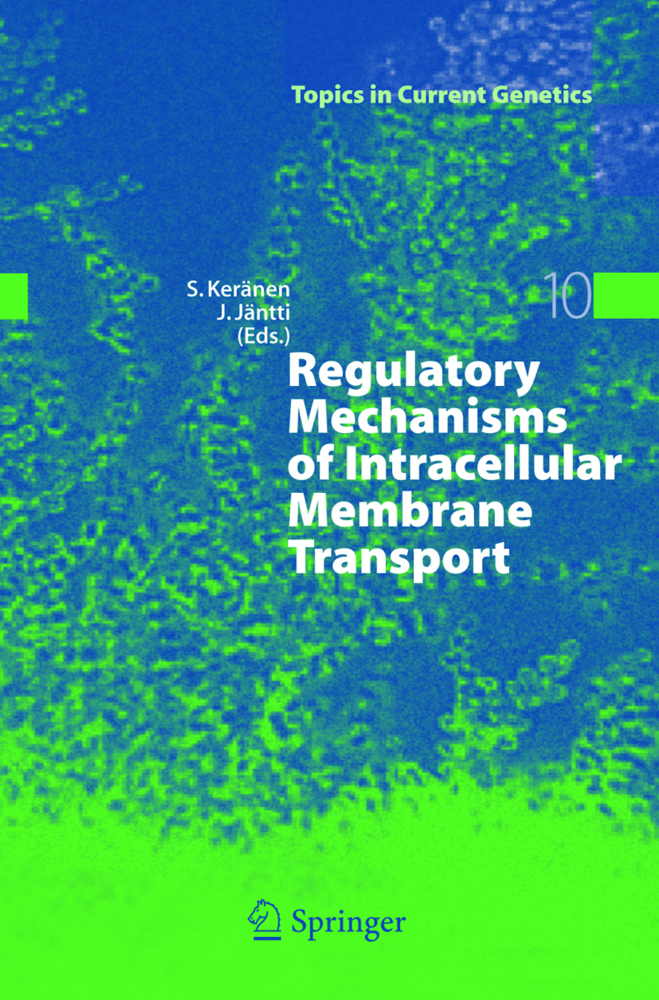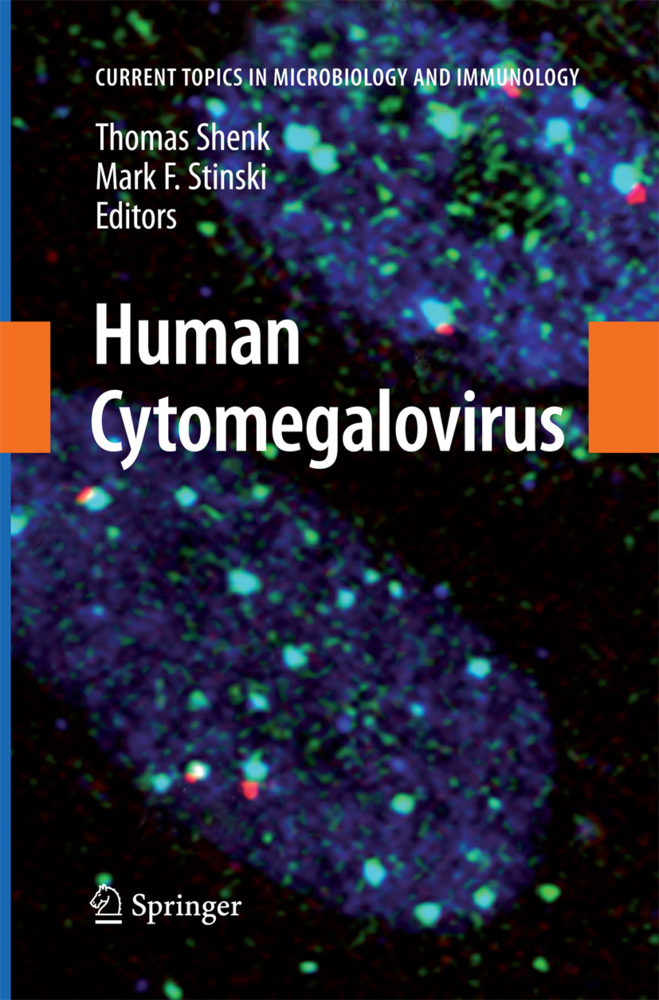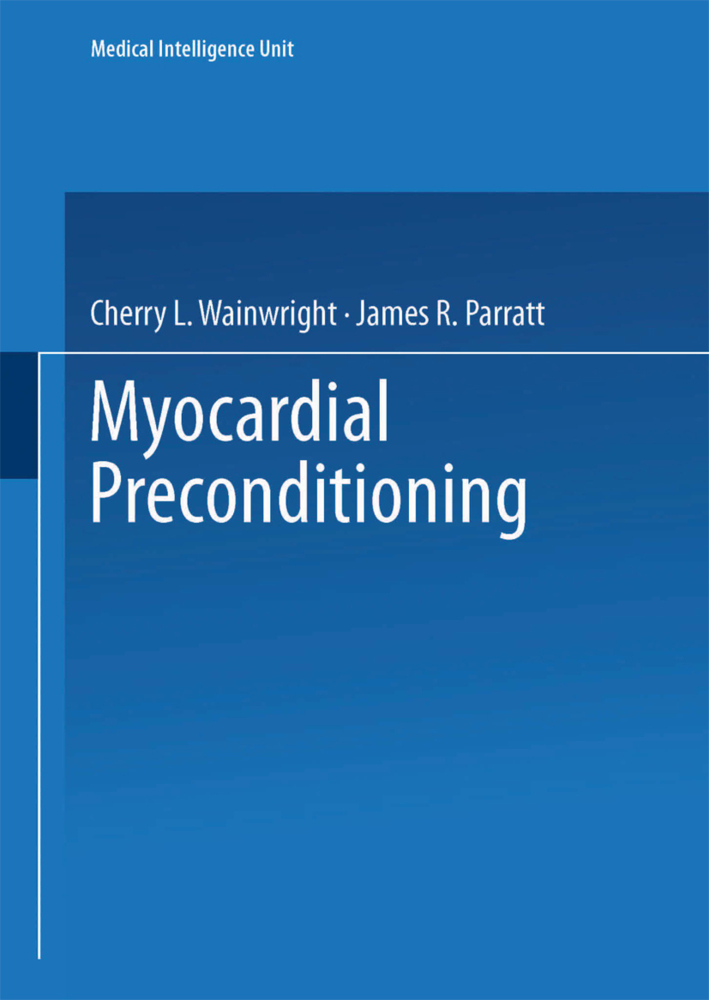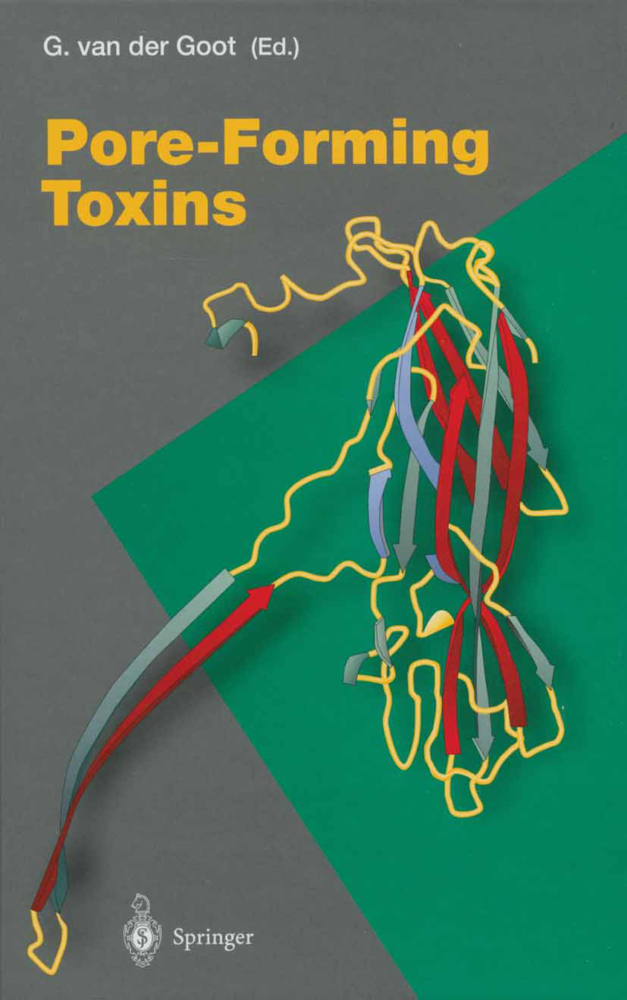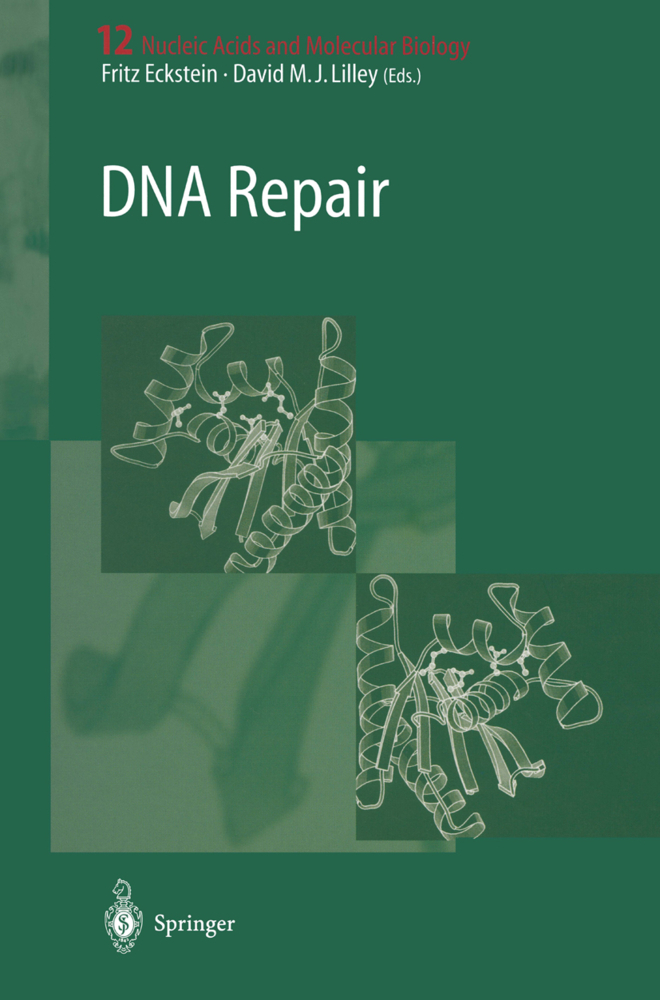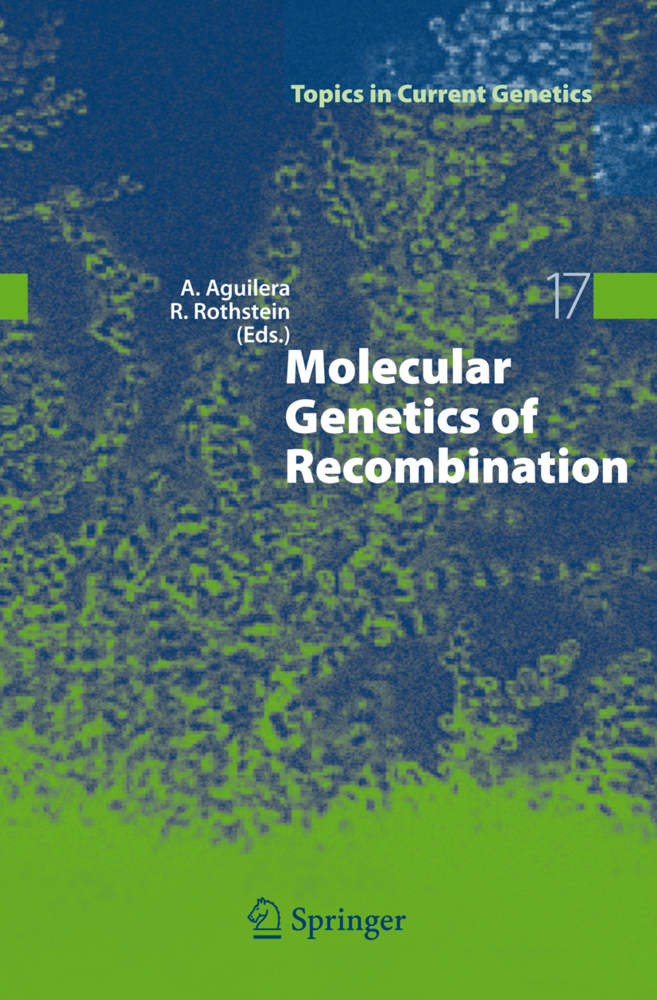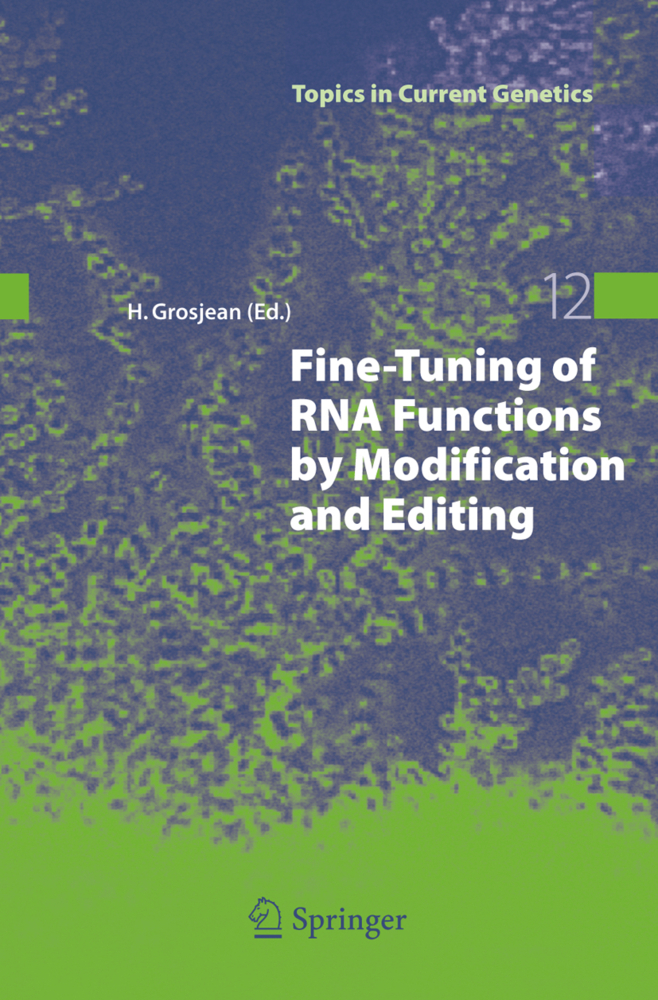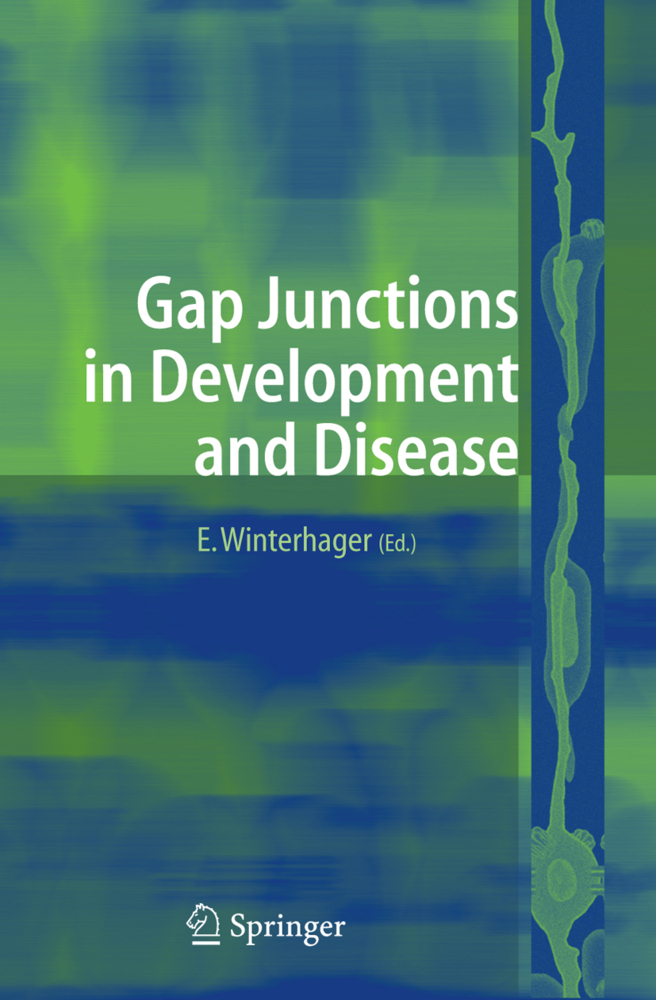Molecular Mechanisms of Signalling and Membrane Transport
Molecular Mechanisms of Signalling and Membrane Transport
A NATO Advanced Study Institute on "Molecular Mechanisms of Signalling and Targeting" was held on the Island of Spetsai, Greece, from August 1 &--30, 1996. As a continuation of a successful tradition that began in 1978, the aim of this tenth institute was to focus on some main principles of signal transduction mechanisms, with an emphasis on GTP-binding proteins, lipid signalling mechanisms, transcription factors, and membrane transporters. By bringing experts on these diverse topics together and into contact with an outstanding group of young and eager researchers, this Institute succeeded in generating an atmosphere of learning and of intellectual creativity. Students and lecturers returned for home with a deeper understanding of the challenging problems we are facing in this field. Presentations and discussion focussed on the structure and function of heterotrimeric G proteins and their receptors as potential targets for therapeutic drugs. This field was put into perspective by in-depth discussions on the function of the small GTP-binding proteins, Ras, 2 Rho, Rab, Arf in signal transduction and morphogenesis. Growth factor receptor, Ca + and protein kinase C signal transduction pathways were discussed as leading principles in intracellular and intercellular communication. At the core of the Institute were the wide implications of the regulation of phosphoinositide 30H-kinases (e. g. PI-3-kinase) and phospholipases C and D for cell function and the role of ceramides as modulators of stress response (apoptosis).
G-Protein coupled receptors: structure, functions and mutations
Heterologous expression of G protein-coupled receptors in yeasts: an approach to facilitate drug discovery
The role of small GTPases in signal transduction
Small GTPases in the morphogenesis of yeast and plant cells
A role for G-protein ??-subunits in the secretory mechanism of rat peritoneal mast cells
Subcellular localisation of ARF 1-regulated phospholipase D in HL60 cells
Intra-and Intercellular Communication
Electrophysiological aspects of growth factor signaling in NRK fibroblasts: the role of intercellular communication, membrane potential and calcium
Cross-talk between calmodulin and protein kinase C
Endocytosis and Vesicle Flow
A function for Eps15 in EGF-receptor endocytosis?
Proteins, sorted. The secretory pathway from the endoplasmic reticulum to the Golgi, and beyond
Lipids and Intracellular Signalling
The roles of PI3Ks in cellular regulation
Phosphatidylinositol transfer protein, phosphoinositides and cell function
Receptor regulation of phospholipases C and D
Ceramide: a central regulator of the cellular response to injury and stress
Ceramide changes during FAS (CD95/APO-1) mediated programmed cell death are blocked with the ICE protease inhibitor zVAD.FMK. Evidence against an upstream role for ceramide in apoptosis
The structure, biosynthesis and function of GPI membrane anchors
Enzyme assisted synthetic approaches to the inositol phospholipid pathway
Regulation of Nuclear Transcription
Coupling signal transduction to transcription: the nuclear response to cAMP
Vitamin E and the metabolic antioxidant network
Membrane TransportProteins
The molecular basis for pleiotropic drug resistance in the yeast Saccharomyces cerevisiae: regulation of expression, intracellular trafficking and proteolytic turnover of ATP binding cassette (ABC) multidrug resistance transporters
Regulation of carbon metabolism in bacteria.
Heterotrimeric and Small G-Proteins
Heterotrimeric guanine nucleotide binding proteins: structure and functionG-Protein coupled receptors: structure, functions and mutations
Heterologous expression of G protein-coupled receptors in yeasts: an approach to facilitate drug discovery
The role of small GTPases in signal transduction
Small GTPases in the morphogenesis of yeast and plant cells
A role for G-protein ??-subunits in the secretory mechanism of rat peritoneal mast cells
Subcellular localisation of ARF 1-regulated phospholipase D in HL60 cells
Intra-and Intercellular Communication
Electrophysiological aspects of growth factor signaling in NRK fibroblasts: the role of intercellular communication, membrane potential and calcium
Cross-talk between calmodulin and protein kinase C
Endocytosis and Vesicle Flow
A function for Eps15 in EGF-receptor endocytosis?
Proteins, sorted. The secretory pathway from the endoplasmic reticulum to the Golgi, and beyond
Lipids and Intracellular Signalling
The roles of PI3Ks in cellular regulation
Phosphatidylinositol transfer protein, phosphoinositides and cell function
Receptor regulation of phospholipases C and D
Ceramide: a central regulator of the cellular response to injury and stress
Ceramide changes during FAS (CD95/APO-1) mediated programmed cell death are blocked with the ICE protease inhibitor zVAD.FMK. Evidence against an upstream role for ceramide in apoptosis
The structure, biosynthesis and function of GPI membrane anchors
Enzyme assisted synthetic approaches to the inositol phospholipid pathway
Regulation of Nuclear Transcription
Coupling signal transduction to transcription: the nuclear response to cAMP
Vitamin E and the metabolic antioxidant network
Membrane TransportProteins
The molecular basis for pleiotropic drug resistance in the yeast Saccharomyces cerevisiae: regulation of expression, intracellular trafficking and proteolytic turnover of ATP binding cassette (ABC) multidrug resistance transporters
Regulation of carbon metabolism in bacteria.
Wirtz, Karel W.A.
| ISBN | 978-3-642-64559-4 |
|---|---|
| Artikelnummer | 9783642645594 |
| Medientyp | Buch |
| Copyrightjahr | 2011 |
| Verlag | Springer, Berlin |
| Umfang | IX, 335 Seiten |
| Abbildungen | IX, 335 p. |
| Sprache | Englisch |

